-
 Bitcoin
Bitcoin $106,754.6083
1.33% -
 Ethereum
Ethereum $2,625.8249
3.80% -
 Tether USDt
Tether USDt $1.0001
-0.03% -
 XRP
XRP $2.1891
1.67% -
 BNB
BNB $654.5220
0.66% -
 Solana
Solana $156.9428
7.28% -
 USDC
USDC $0.9998
0.00% -
 Dogecoin
Dogecoin $0.1780
1.14% -
 TRON
TRON $0.2706
-0.16% -
 Cardano
Cardano $0.6470
2.77% -
 Hyperliquid
Hyperliquid $44.6467
10.24% -
 Sui
Sui $3.1128
3.86% -
 Bitcoin Cash
Bitcoin Cash $455.7646
3.00% -
 Chainlink
Chainlink $13.6858
4.08% -
 UNUS SED LEO
UNUS SED LEO $9.2682
0.21% -
 Avalanche
Avalanche $19.7433
3.79% -
 Stellar
Stellar $0.2616
1.64% -
 Toncoin
Toncoin $3.0222
2.19% -
 Shiba Inu
Shiba Inu $0.0...01220
1.49% -
 Hedera
Hedera $0.1580
2.75% -
 Litecoin
Litecoin $87.4964
2.29% -
 Polkadot
Polkadot $3.8958
3.05% -
 Ethena USDe
Ethena USDe $1.0000
-0.04% -
 Monero
Monero $317.2263
0.26% -
 Bitget Token
Bitget Token $4.5985
1.68% -
 Dai
Dai $0.9999
0.00% -
 Pepe
Pepe $0.0...01140
2.44% -
 Uniswap
Uniswap $7.6065
5.29% -
 Pi
Pi $0.6042
-2.00% -
 Aave
Aave $289.6343
6.02%
Contract trading K-line pattern analysis: How to identify common reversal signals?
Recognizing K-line reversal patterns like hammers, shooting stars, and evening stars helps crypto traders anticipate price shifts, but confirmation through volume, indicators, and context is essential for reliable signals.
Jun 15, 2025 at 10:49 pm
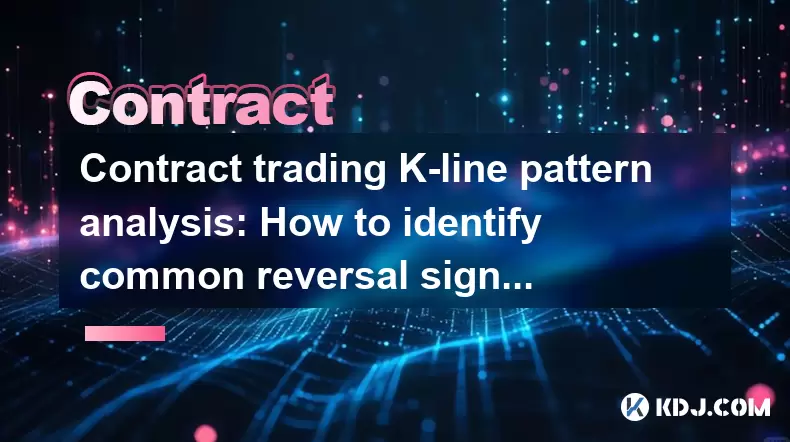
Understanding Reversal Signals in Contract Trading
In the world of cryptocurrency contract trading, recognizing reversal signals on K-line charts is crucial for making informed decisions. A reversal signal indicates a potential change in price direction, either from bullish to bearish or vice versa. Understanding these patterns helps traders anticipate market movements and adjust their positions accordingly.
Reversal signals are not always 100% accurate, but they offer valuable insights into possible shifts in sentiment and momentum. This makes them especially useful in volatile markets like crypto, where rapid price swings are common.
Key Components of K-Line Charts in Cryptocurrency Trading
Before diving into specific reversal patterns, it's essential to understand how K-line charts work in the context of cryptocurrency contracts. Each candlestick represents a specific time frame—such as 5 minutes, 1 hour, or 1 day—and shows the open, high, low, and close prices during that period.
- Open: The price at which the first trade occurred during the selected time frame.
- Close: The final traded price within that time window.
- High: The highest price reached during the candlestick’s duration.
- Low: The lowest price touched during the same period.
These components help form distinct candlestick patterns that traders use to identify potential reversals.
Common Bullish Reversal Patterns
Bullish reversal patterns typically appear at the end of a downtrend and suggest that buyers may soon take control of the market. Some of the most commonly observed patterns include:
- Hammer: A single candle with a long lower wick and small body near the top of the range. It suggests rejection of lower prices and potential buying pressure.
- Inverted Hammer: Similar to the hammer but with a long upper wick, indicating hesitation among sellers and possible accumulation.
- Piercing Line: Composed of two candles: a strong bearish candle followed by a bullish candle that opens below the previous close but closes above its midpoint, signaling strength from buyers.
Each of these patterns carries different implications depending on volume, surrounding trend, and support/resistance levels.
Frequently Observed Bearish Reversal Patterns
Bearish reversal patterns emerge after an uptrend and hint at weakening buyer demand. Recognizing these can help traders avoid entering long positions too late or provide opportunities to short the market.
- Shooting Star: A candle with a small body and a long upper shadow, often seen at resistance zones. It reflects failed attempts to push prices higher.
- Hanging Man: Visually similar to the hammer but appears during an uptrend. It warns of increasing selling pressure.
- Evening Star: A three-candle pattern consisting of a large bullish candle, a small-bodied indecision candle, and a large bearish candle. It strongly suggests a reversal from bullish to bearish.
It’s important to confirm these patterns using additional indicators such as RSI or moving averages to reduce false signals.
How to Use Volume and Confirmation Candles Effectively
Volume plays a critical role in validating reversal signals. High volume accompanying a potential reversal candle increases confidence in the signal. Conversely, low volume may indicate weak participation and a higher likelihood of a false breakout.
Additionally, waiting for a confirmation candle can improve accuracy. For example:
- After spotting a hammer, wait for the next candle to close above the hammer’s high to confirm bullish intent.
- Following an evening star, watch for a candle that closes below the low of the pattern to confirm the bearish shift.
Traders should also consider the broader context, including key support and resistance levels, Fibonacci retracements, and trendlines when evaluating reversal patterns.
Practical Tips for Applying Reversal Patterns in Contract Trading
Successfully applying reversal patterns in live trading requires discipline and strategy. Here are some practical steps:
- Use multiple time frames: Confirm patterns on both higher and lower time frames to filter out noise.
- Combine with technical indicators: Tools like MACD, RSI, and Bollinger Bands can help confirm trend weakness or strength.
- Set stop-loss orders: Always define your risk before entering a trade based on a reversal signal.
- Backtest strategies: Test your pattern recognition skills using historical data before deploying real capital.
Avoid overtrading and stick to patterns you have studied and understood well.
Frequently Asked Questions
Q1: Can I rely solely on K-line reversal patterns for trading decisions?
While K-line patterns are powerful tools, relying on them alone can lead to misleading signals. Combining them with volume analysis, support/resistance zones, and other technical indicators improves reliability.
Q2: Do reversal patterns work equally well across all cryptocurrencies?
The effectiveness of reversal patterns may vary between assets due to differences in liquidity and volatility. Major coins like BTC and ETH tend to show clearer patterns compared to smaller altcoins.
Q3: How long should I wait for confirmation after identifying a reversal pattern?
Ideally, wait for the next candle to close beyond a key level (e.g., high/low of the pattern). This usually takes one full time unit, whether it’s 1 hour, 4 hours, or a daily candle.
Q4: Are there any tools or platforms that automatically detect K-line reversal patterns?
Yes, platforms like TradingView and Binance Trading Platform offer built-in candlestick scanners. However, manual verification is still recommended to avoid false positives.
Disclaimer:info@kdj.com
The information provided is not trading advice. kdj.com does not assume any responsibility for any investments made based on the information provided in this article. Cryptocurrencies are highly volatile and it is highly recommended that you invest with caution after thorough research!
If you believe that the content used on this website infringes your copyright, please contact us immediately (info@kdj.com) and we will delete it promptly.
- 2025-W Uncirculated American Gold Eagle and Dr. Vera Rubin Quarter Mark New Products
- 2025-06-13 06:25:13
- Ruvi AI (RVU) Leverages Blockchain and Artificial Intelligence to Disrupt Marketing, Entertainment, and Finance
- 2025-06-13 07:05:12
- H100 Group AB Raises 101 Million SEK (Approximately $10.6 Million) to Bolster Bitcoin Reserves
- 2025-06-13 06:25:13
- Galaxy Digital CEO Mike Novogratz Says Bitcoin Will Replace Gold and Go to $1,000,000
- 2025-06-13 06:45:13
- Trust Wallet Token (TWT) Price Drops 5.7% as RWA Integration Plans Ignite Excitement
- 2025-06-13 06:45:13
- Ethereum (ETH) Is in the Second Phase of a Three-Stage Market Cycle
- 2025-06-13 07:25:13
Related knowledge
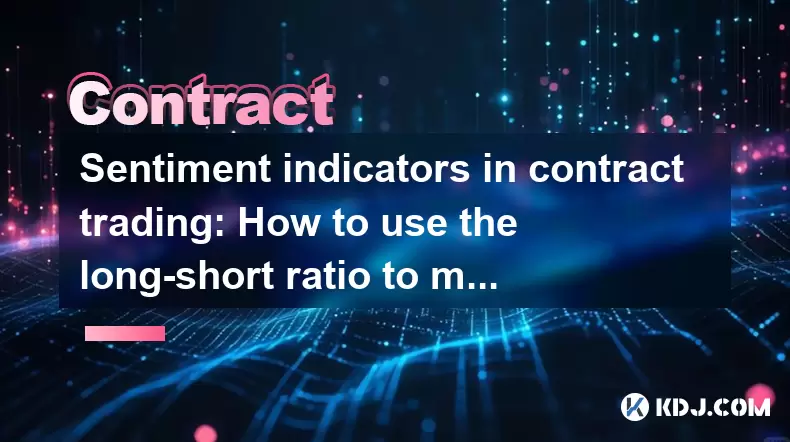
Sentiment indicators in contract trading: How to use the long-short ratio to make decisions?
Jun 14,2025 at 07:00am
What Are Sentiment Indicators in Contract Trading?In the realm of cryptocurrency contract trading, sentiment indicators play a crucial role in gauging market psychology. These tools help traders understand whether the market is dominated by bullish or bearish expectations. Among these indicators, the long-short ratio stands out as one of the most tellin...
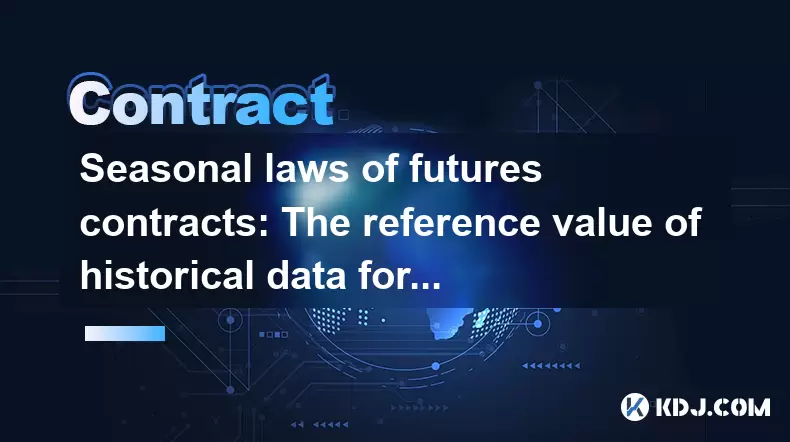
Seasonal laws of futures contracts: The reference value of historical data for trading
Jun 16,2025 at 02:21am
Understanding Futures Contracts in the Cryptocurrency MarketIn the cryptocurrency market, futures contracts are derivative financial instruments that allow traders to speculate on or hedge against the future price of a digital asset. These contracts obligate the buyer to purchase an asset (or the seller to sell an asset) at a predetermined future date a...
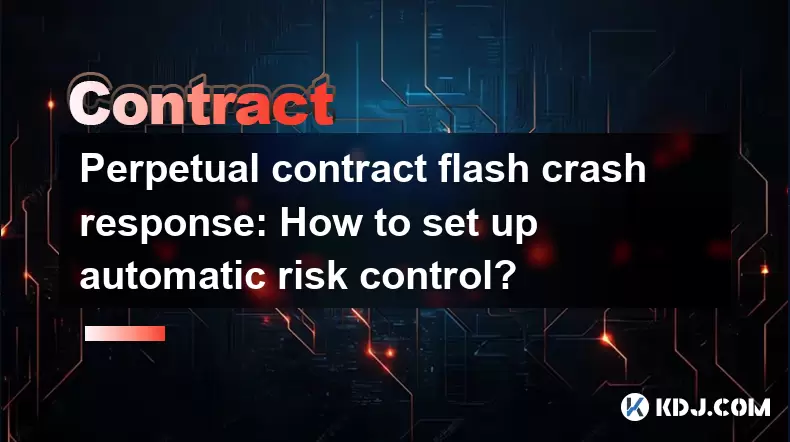
Perpetual contract flash crash response: How to set up automatic risk control?
Jun 13,2025 at 06:28pm
Understanding Perpetual Contract Flash CrashesA flash crash in the context of perpetual contracts refers to a sudden, sharp, and often short-lived drop or spike in price due to high volatility, thin order books, or algorithmic trading activities. These events can lead to massive liquidations across long or short positions on trading platforms. Traders m...

Take-profit strategy in contract trading: Comparison between dynamic take-profit and fixed take-profit
Jun 14,2025 at 07:08am
What Is Take-profit in Contract Trading?In the realm of cryptocurrency contract trading, take-profit refers to a predefined price level at which a trader automatically closes a profitable position. This mechanism is essential for risk management and profit locking. Traders use take-profit orders to ensure they secure gains without being swayed by emotio...
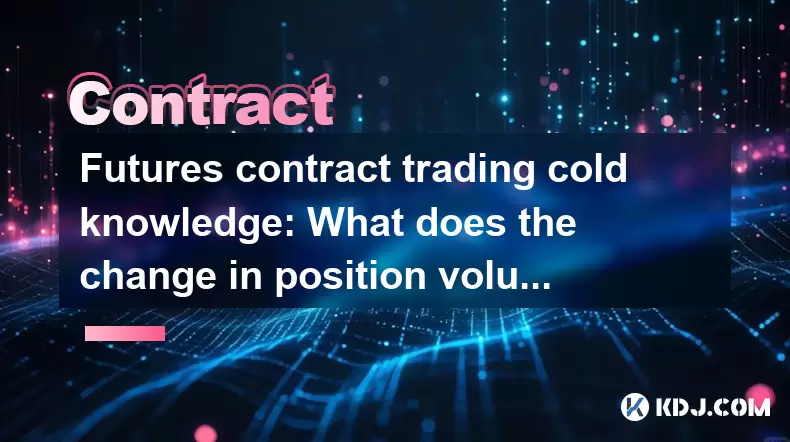
Futures contract trading cold knowledge: What does the change in position volume indicate?
Jun 14,2025 at 09:22pm
Understanding Position Volume in Futures Contract TradingIn the world of futures contract trading, position volume is a key metric that often goes overlooked by novice traders. Unlike simple price or volume indicators, position volume reflects the total number of open contracts at any given time. This metric provides insights into market sentiment and c...

Analysis of perpetual contract reverse contracts: The difference between BTC/USD and USD/BTC
Jun 15,2025 at 03:49am
Understanding Perpetual Contracts in Cryptocurrency TradingIn the realm of cryptocurrency derivatives, perpetual contracts have become a cornerstone for both novice and seasoned traders. Unlike traditional futures contracts that have an expiration date, perpetual contracts can be held indefinitely. This feature allows traders to maintain positions as lo...

Sentiment indicators in contract trading: How to use the long-short ratio to make decisions?
Jun 14,2025 at 07:00am
What Are Sentiment Indicators in Contract Trading?In the realm of cryptocurrency contract trading, sentiment indicators play a crucial role in gauging market psychology. These tools help traders understand whether the market is dominated by bullish or bearish expectations. Among these indicators, the long-short ratio stands out as one of the most tellin...

Seasonal laws of futures contracts: The reference value of historical data for trading
Jun 16,2025 at 02:21am
Understanding Futures Contracts in the Cryptocurrency MarketIn the cryptocurrency market, futures contracts are derivative financial instruments that allow traders to speculate on or hedge against the future price of a digital asset. These contracts obligate the buyer to purchase an asset (or the seller to sell an asset) at a predetermined future date a...

Perpetual contract flash crash response: How to set up automatic risk control?
Jun 13,2025 at 06:28pm
Understanding Perpetual Contract Flash CrashesA flash crash in the context of perpetual contracts refers to a sudden, sharp, and often short-lived drop or spike in price due to high volatility, thin order books, or algorithmic trading activities. These events can lead to massive liquidations across long or short positions on trading platforms. Traders m...

Take-profit strategy in contract trading: Comparison between dynamic take-profit and fixed take-profit
Jun 14,2025 at 07:08am
What Is Take-profit in Contract Trading?In the realm of cryptocurrency contract trading, take-profit refers to a predefined price level at which a trader automatically closes a profitable position. This mechanism is essential for risk management and profit locking. Traders use take-profit orders to ensure they secure gains without being swayed by emotio...

Futures contract trading cold knowledge: What does the change in position volume indicate?
Jun 14,2025 at 09:22pm
Understanding Position Volume in Futures Contract TradingIn the world of futures contract trading, position volume is a key metric that often goes overlooked by novice traders. Unlike simple price or volume indicators, position volume reflects the total number of open contracts at any given time. This metric provides insights into market sentiment and c...

Analysis of perpetual contract reverse contracts: The difference between BTC/USD and USD/BTC
Jun 15,2025 at 03:49am
Understanding Perpetual Contracts in Cryptocurrency TradingIn the realm of cryptocurrency derivatives, perpetual contracts have become a cornerstone for both novice and seasoned traders. Unlike traditional futures contracts that have an expiration date, perpetual contracts can be held indefinitely. This feature allows traders to maintain positions as lo...
See all articles

























































































